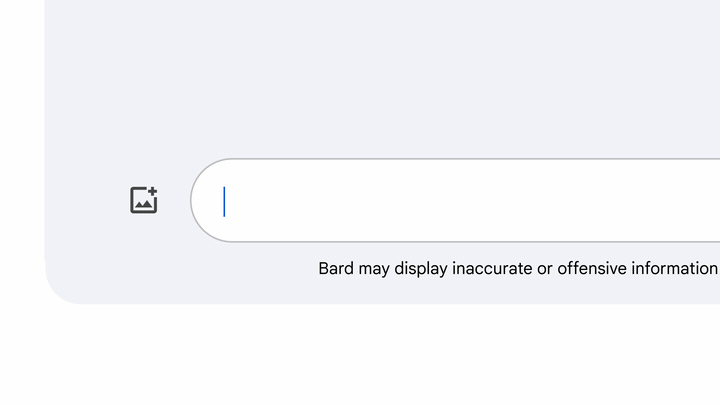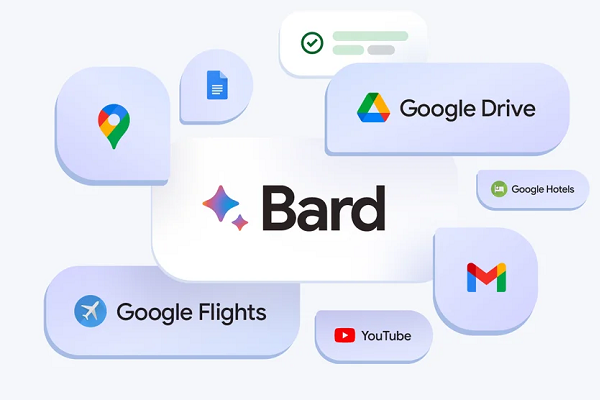Google Bard Enhances Model With Answers from Your Gmail, Docs, and More Apps

Google Bard has updated its generative AI model and released a swath of new features, including the ability to pull answers from Gmail, Docs, and other Google productivity apps. The new Bard Extensions allow for personalized answers based on data scraped from a user’s account and deployed during interactions with the Bard chatbot among other new and enhanced options.
Bard Extensions
Bard Extensions essentially allow the generative AI assistant to cull answers and respond to queries with answers culled from a user’s emails and other personal data. The idea is to make Bard better at carrying out more complex tasks with multiple steps and data sources, including that which is within a user’s Google account. Google described how Bard could compile trip details for multiple people by checking flight options on Google Flights, viewing lodging availability, pulling up directions on Maps, and recommending activities via YouTube. The new connectivity aims to enable Bard to access relevant data across Google’s suite of apps and services rather than just responding based on its own knowledge. Privacy controls will allow users to turn off extensions to sensitive services like Gmail if desired. Any content from the integrated services will not be viewable by human reviewers or used for advertising or model training, according to the tech giant.
“One of the biggest benefits of Bard, an experiment to collaborate with generative AI, is that it can tailor its responses to exactly what you need,” Bard director of product management Yury Pinsky explained in a blog post. “With Extensions, Bard can find and show you relevant information from the Google tools you use every day — like Gmail, Docs, Drive, Google Maps, YouTube, and Google Flights and hotels — even when the information you need is across multiple apps and services.”
“Google It”
Bard’s other big new feature allows users to check if the AI has hallucinated an incorrect answer to a query. Users can access the new “Google it” feature by clicking on highlighted phrases to see the web pages Bard is sourcing its answers from and confirm or refute its accuracy. It’s similar to the footnotes method employed by Perplexity’s generative AI chatbot. Bard is also opening up more collaborative options from pre-existing conversations. If someone shares a conversation, recipients can ask Bard follow-up questions about that same topic to continue the dialogue.
“All of these new features are possible because of updates we’ve made to our PaLM 2 model, our most capable yet. Based on your feedback, we’ve applied state-of-the-art reinforcement learning techniques to train the model to be more intuitive and imaginative,” Pinsky wrote. “So, whether you want to collaborate on something creative, start in one language and continue in one of 40+ others, or ask for in-depth coding assistance, Bard can now respond with even greater quality and accuracy.”
Follow @voicebotai Follow @erichschwartz
Google Launches Duet Generative AI Assistant for Workspace and Chat
Google Bard Feature Explosion: 40+ Languages, Voice Responses, Image Prompts, and More









